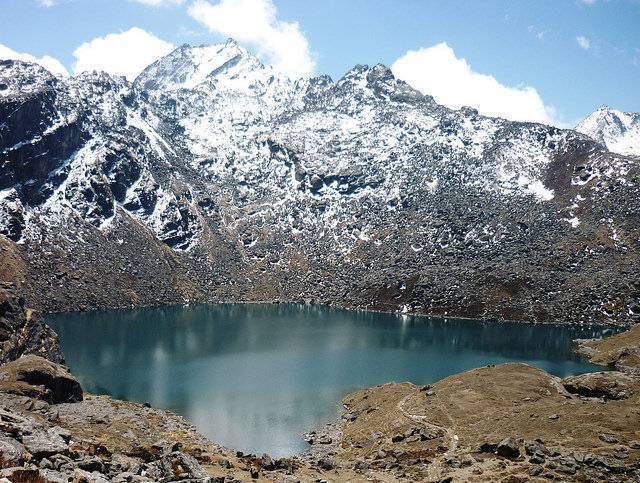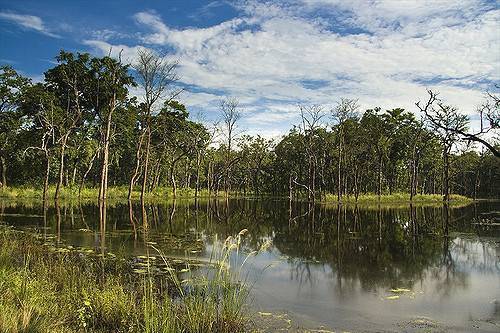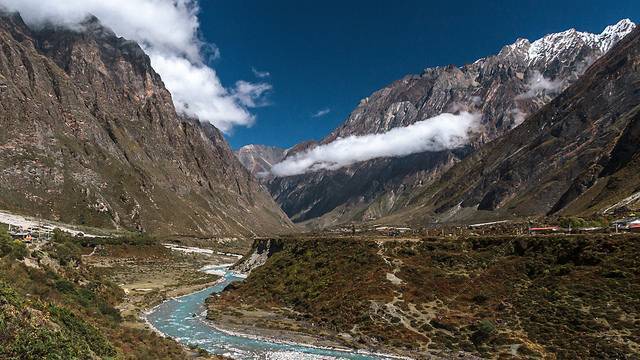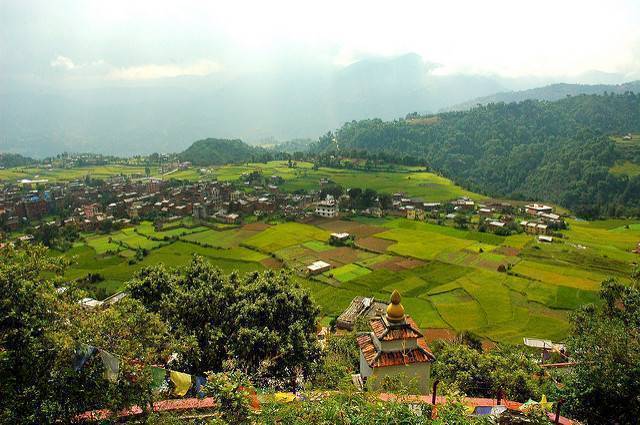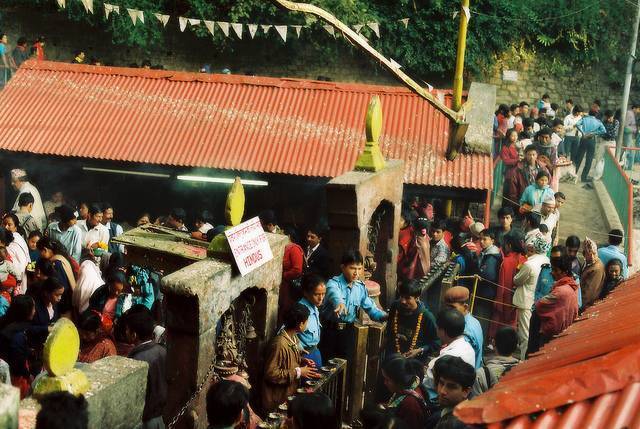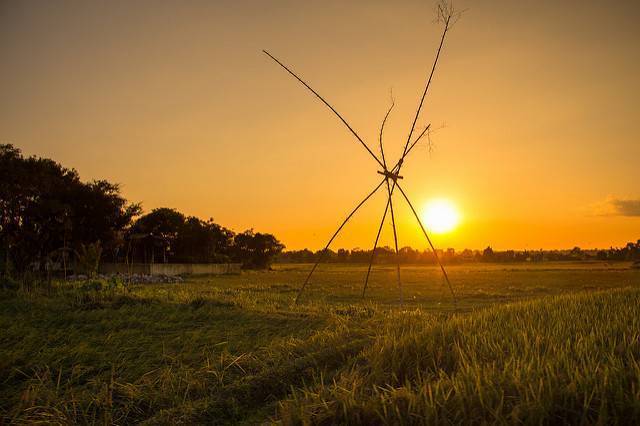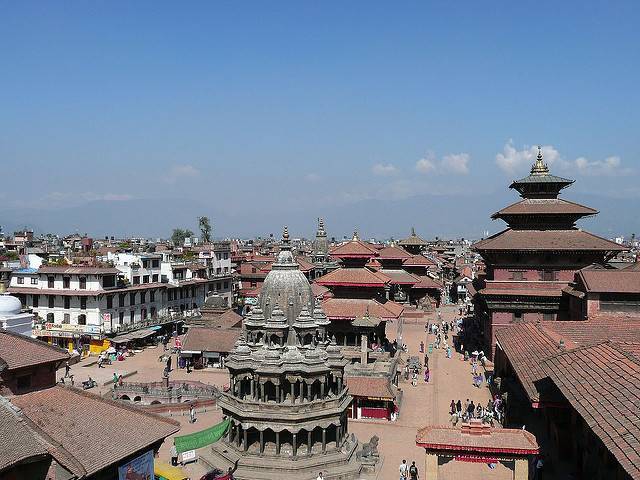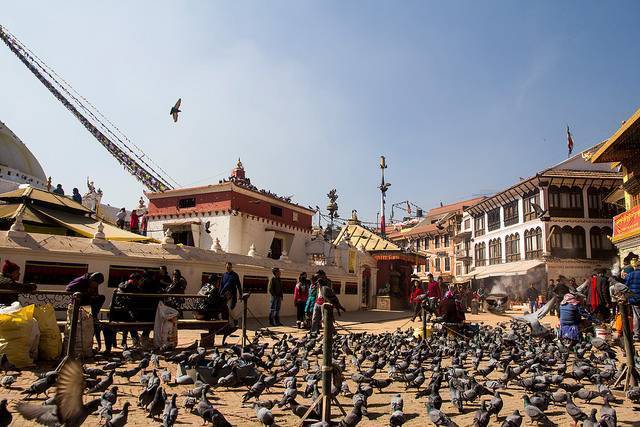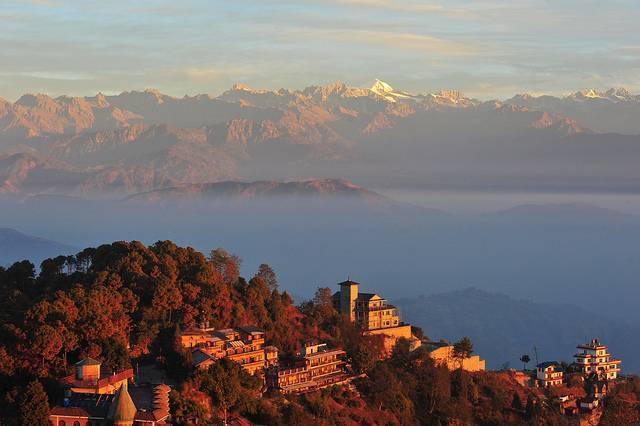Parsa Wildlife Reserve , Sauraha
About Parsa Wildlife Reserve
Taking Inner Terai lowlands of south-central Nepal as its originating point, the Parsa Wildlife Reserve Established in 1984, covering an area of 637 km per square. The regions it bestows its expansion on are the Parsa, Makwanpur and Bara districts. It is the largest wildlife reserve in the country and is vast to a point from where the eye cannot see beyond. This place is also known for its tiger preservation. It is said that the reserve doesn't account for the present number of tigers it is holding, but they live here anyhow. Although it’s an excellent tiger habitat with a good mix of old growth forest and riverine grasslands, protection of them is lacking in the Bara forest, creating an easy target for tiger poachers compared to the heavily protected Chitwan National Park. Constant efforts are being proposed to make this park a strong conveyer for all the tigers to live peacefully and healthy. This "Zoological Society of London" project which was raised in the light of the danger to tiger population aims to tighten protection in this area using community based anti-poaching units whilst monitoring the status of tigers and their prey. When this project commenced, Bara Forest had only been given moderate level of protection which was not sufficient for adequate tiger protection. It was heavily exploited, with illegal cattle grazing and human disturbance regularly occurring in core areas of the forest. But with time it improved and people started taking trips to the park.
Annually, many people travel up north to be a part of the wildlife safari it provides for it is said to be the best and shows some stellar wildlife on display. Hence, despite all the uncertainties it’s still a remarkable national park of Nepal.
Location & Places to Visit on Parsa Wildlife Reserve Map
View destinations and attractions nearby Parsa Wildlife Reserve, on an interactive map.
Freedom to make your own trip!
What you want, when you want and how you want.




